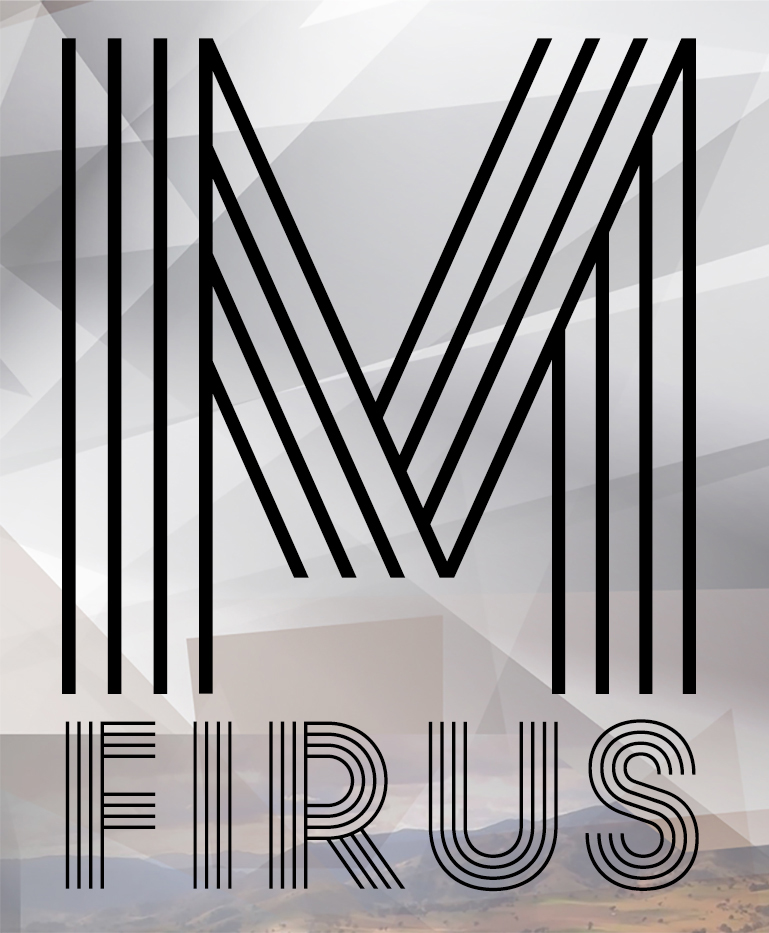
Print Media vs Audio/Visuals
Physical Print is a medium which I am aiming to become more acquainted with, though modesty forbids I have some competency now. Ever since my stint as editor of my high-school magazine SCOBE, I have grown to like the idea of two-dimensional creation.

Front and back cover (laid flat) of SCOBE. (Cover design by me)
More recently I participated in the laying of RMIT’s student magazine: CATALYST. The job involved creating two A3 spreads; arranging images, illustrations and text in an engaging way.
There is one very likeable characteristic of print media: the ‘means of production’ are much less cumbersome than that of multimedia production. By this, I mean that to create even an indie short film, you need fairly powerful computer internals, software, a decent camera, audio equipment and a plethora of peripherals. Moreover, the cherry on top is the customary exorbitant price markup that seems to be the norm for video equipment. This contrasts with how breezily everything works when dealing with single A4 or A3 spreads in Photoshop even on a mid-range laptop. Other than such a laptop, a printer, stapler, and software are all one needs to make a presentable booklet.
As a mass medium of communication, however, print in its physical form cannot compete with audio/visual modes. For the latter, a multitude of social media platforms exist; YouTube, Soundcloud and Vimeo to name a few. With such tools, a multimedia creator can reach a very large audience all over the world. Physical print media has no such platform for distribution (regarding accessibility). You could hand out flyers… but in reality, the only source of significant print content comes from established publishing houses.
As much as I enjoy the ease and simplicity inherent to print media, its affordances as a medium seem to be losing ground to video or sound. This loss of legitimacy is occurring since, as a medium the ability to mediate to as wide as an audience as possible is of first importance.
